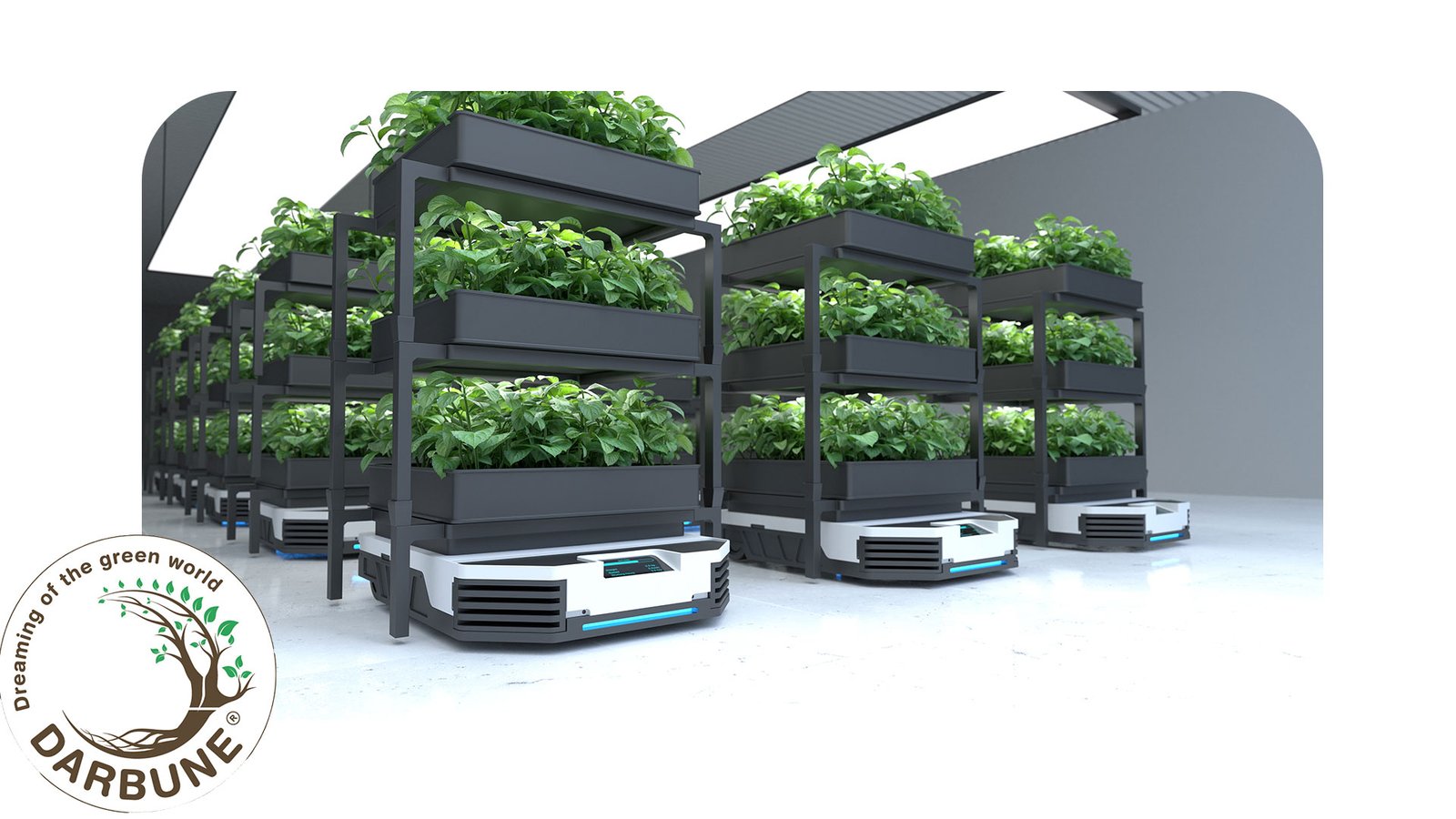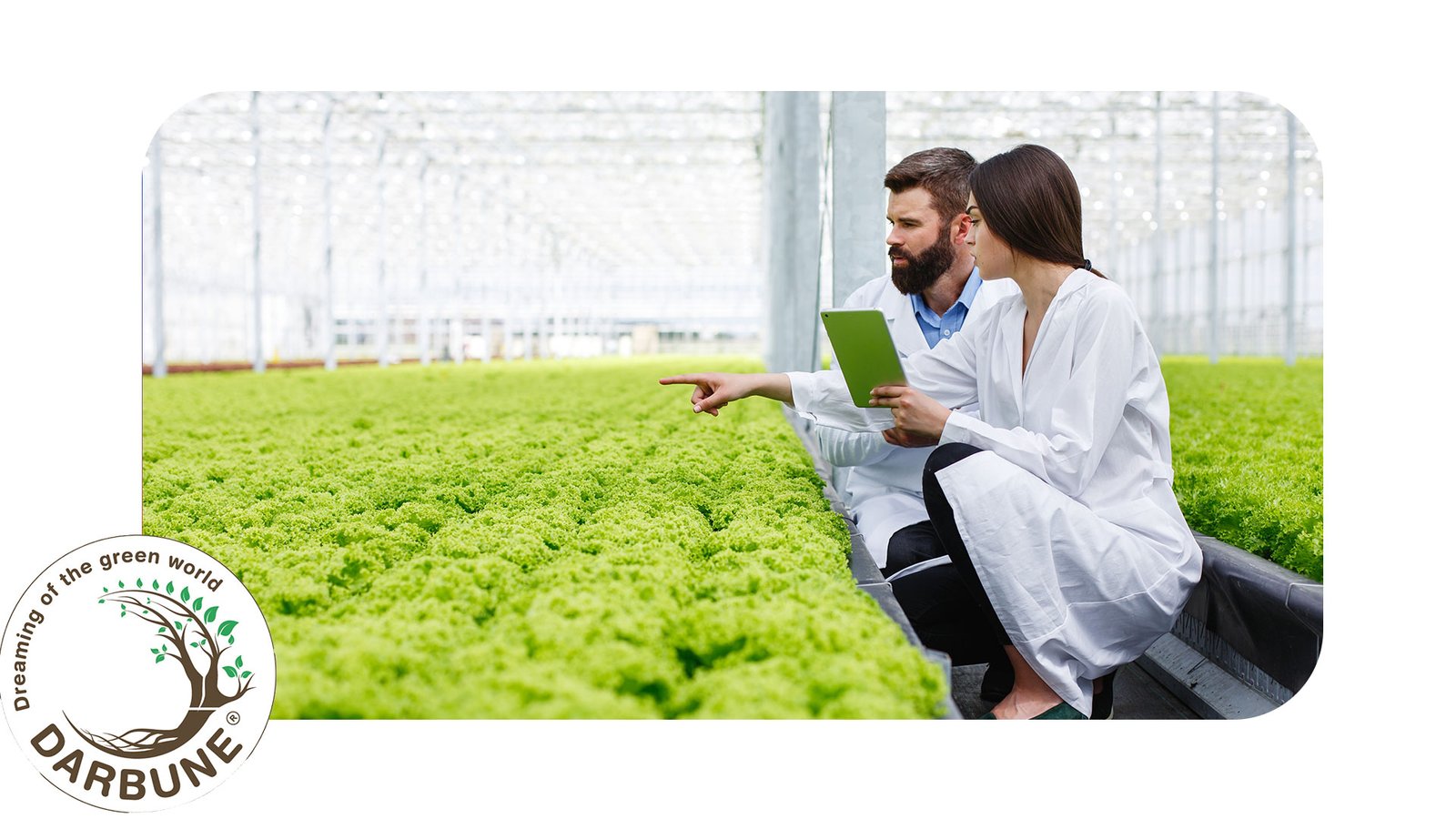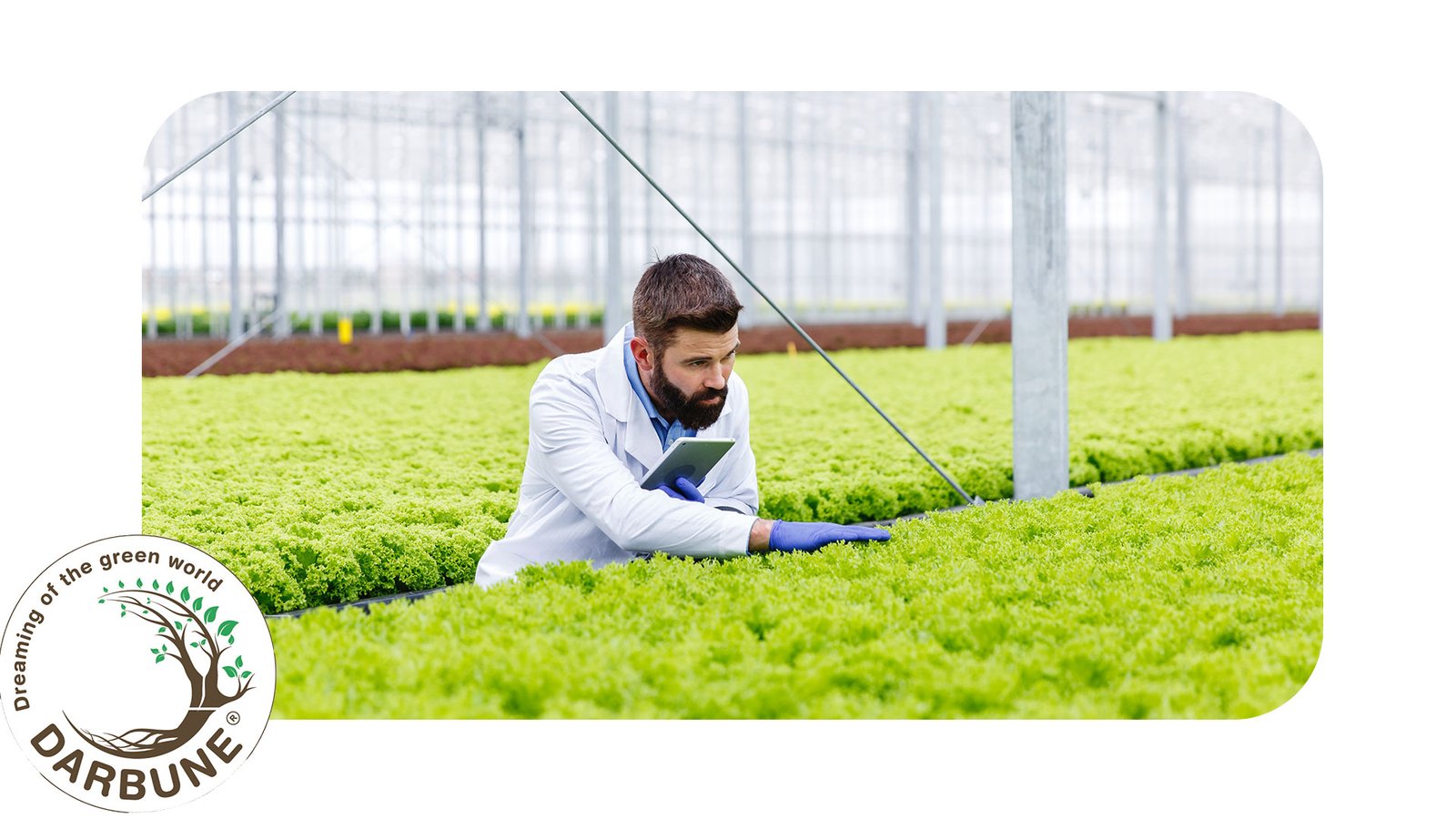Urban agriculture is gaining momentum as cities seek sustainable solutions to food production. With increasing urbanization and limited land availability, vertical farming has emerged as a viable alternative to traditional farming methods. But with various vertical farming techniques available, choosing the best method for urban agriculture can be challenging.
This article explores the most effective vertical farming methods, their benefits, and key considerations for urban agriculture. Whether you are an entrepreneur, farmer, or policymaker, this guide will help you understand the best vertical farming approach for your needs.

The Importance of Vertical Farming in Urban Agriculture
- Maximizes land use efficiency
- Reduces the need for pesticides and herbicides
- Provides fresh, local produce with minimal transportation costs
- Reduces water consumption through innovative irrigation techniques
- Supports year-round production regardless of climate conditions
Best Vertical Farming Methods for Urban Agriculture
1. Hydroponic Vertical Farming
What Is Hydroponic Vertical Farming?
Hydroponics is a soil-less farming technique where plants grow in a nutrient-rich water solution. In vertical hydroponic systems, crops are stacked in layers to maximize space utilization.
Benefits of Hydroponic Vertical Farming
- Requires up to 90% less water than traditional farming
- Faster plant growth due to direct nutrient absorption
- Reduced risk of soil-borne diseases
- Can be set up in small urban spaces
Examples of Hydroponic Systems
- NFT (Nutrient Film Technique): A thin film of nutrient-rich water flows over plant roots.
- Deep Water Culture (DWC): Plants float on water while roots remain submerged in nutrient solutions.
- Drip Hydroponics: Delivers nutrients directly to plant roots through a controlled drip system.
2. Aeroponic Vertical Farming
What Is Aeroponic Vertical Farming?
Aeroponics is an advanced method where plant roots are suspended in the air and misted with nutrient solutions.
Benefits of Aeroponic Farming
- Uses 95% less water than soil-based farming
- Enhances oxygen exposure, leading to faster plant growth
- Requires no soil, reducing the risk of pests and diseases
- Ideal for high-density urban farming
Example: NASA’s Aeroponic Research
NASA has used aeroponic systems for space missions due to their efficiency in growing crops without soil.
3. Aquaponic Vertical Farming

What Is Aquaponic Vertical Farming?
Aquaponics combines hydroponics with aquaculture, where fish and plants coexist in a closed-loop system. Fish waste provides organic nutrients for plants, while plants help filter the water for fish.
Benefits of Aquaponic Farming
- Sustainable and eco-friendly system
- Produces both fish and crops simultaneously
- Reduces reliance on chemical fertilizers
- Supports biodiversity
Example: Commercial Aquaponic Farms
Many urban farms utilize aquaponics to produce fresh vegetables and fish, offering a dual-income stream.
4. Stacked Vertical Farming (Rack System)
What Is Stacked Vertical Farming?
This method involves stacking growing trays in racks with controlled lighting and irrigation systems.
Benefits of Stacked Vertical Farming
- Efficient space utilization
- Compatible with various growing techniques (hydroponics, aeroponics, or soil-based)
- Reduces energy costs with LED lighting optimization
- Ideal for indoor farming in warehouses and greenhouses
5. Shipping Container Farming
What Is Shipping Container Farming?
In this method, old shipping containers are converted into climate-controlled farms using hydroponic or aeroponic systems.
Benefits of Shipping Container Farming
- Fully controlled environment ensures year-round production
- Scalable and portable solution for urban farming
- Low water and resource consumption
- Minimal environmental impact
Choosing the Best Vertical Farming Method for Your Urban Farm

Factors to Consider
- Space Availability – Aeroponics and hydroponics are ideal for limited spaces.
- Budget – Hydroponic systems are more affordable than aeroponic setups.
- Crop Type – Leafy greens thrive in hydroponic systems, while aquaponics supports a wider variety.
- Energy Consumption – Stacked farming and shipping container farms require LED lighting and climate control.
- Sustainability Goals – Aquaponics and aeroponics offer eco-friendly solutions.
Conclusion
Selecting the best vertical farming method depends on various factors, including space, budget, crop type, and sustainability goals. Hydroponics and aeroponics provide water-efficient solutions, while aquaponics offers an integrated approach with fish farming. Stacked vertical farming and shipping container farms provide scalable urban farming options.
By understanding these methods, urban farmers can make informed decisions that maximize efficiency, sustainability, and productivity in their farming endeavors.
Frequently Asked Questions (FAQs)
1. Which vertical farming method is the most sustainable?
Aquaponics is the most sustainable method as it integrates fish farming with plant cultivation, creating a natural, self-sustaining ecosystem.
2. What is the cheapest vertical farming method for beginners?
Hydroponic NFT (Nutrient Film Technique) is one of the most affordable and beginner-friendly methods for urban farmers.
3. Can vertical farming be profitable in cities?
Yes, vertical farming can be highly profitable if managed efficiently, using cost-effective methods like hydroponics or stacked farming with LED lighting.
4. What crops grow best in vertical farming?
Leafy greens (lettuce, kale, spinach), herbs (basil, mint), strawberries, and microgreens are ideal for vertical farming.
5. Is vertical farming better than traditional farming?
Vertical farming offers higher yield per square foot, uses less water, and eliminates soil-related diseases, making it an excellent alternative to traditional farming in urban areas.
By choosing the right vertical farming method, urban farmers can contribute to a more sustainable and efficient food system, meeting the growing demand for fresh, local produce in cities.

